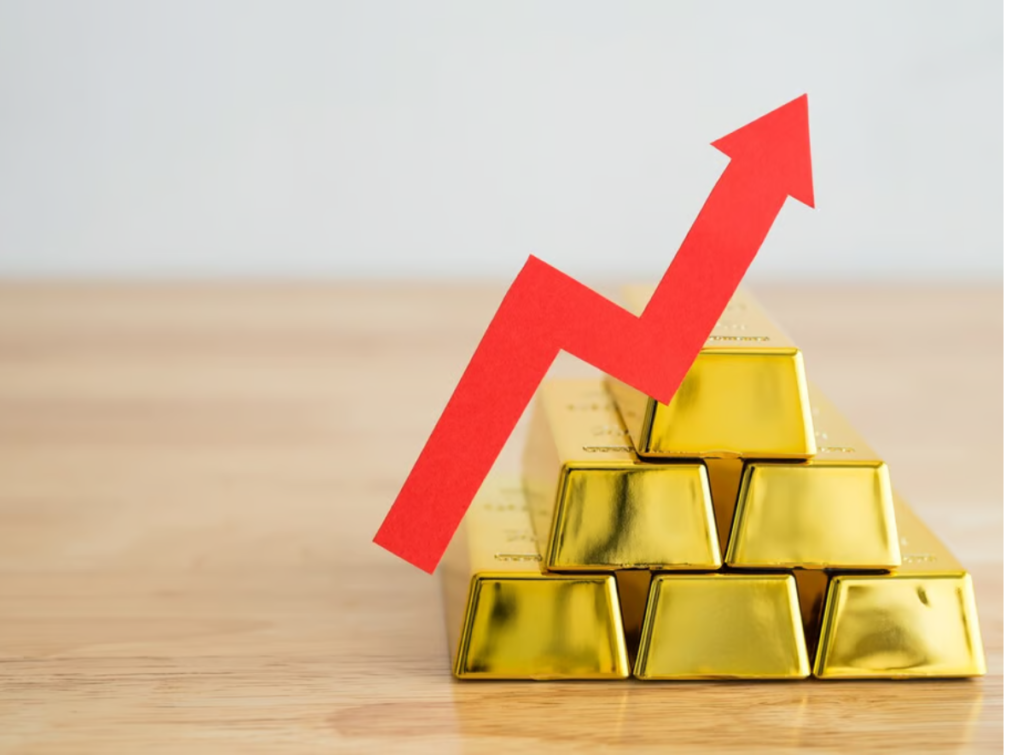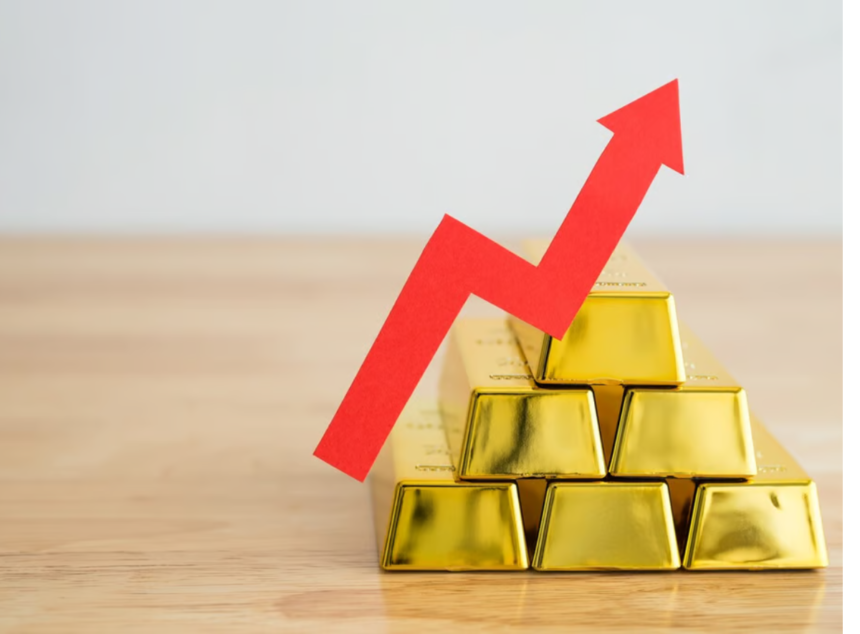As we delve into the current state of the gold market, it’s clear that the price of gold is facing a defensive stance amid shifting expectations surrounding Federal Reserve interest rate cuts. This article will explore the latest developments affecting gold prices, the role of geopolitical tensions, and provide a technical outlook to help investors make informed decisions.
Current Market Overview
Gold prices, represented as XAU/USD, are struggling to gain meaningful traction and remain confined within a familiar trading range. Recent market movements have been influenced by mixed fundamental cues, with investors reassessing the likelihood of aggressive policy easing by the Federal Reserve.
Impact of U.S. Employment Data
A key driver behind the current market sentiment was the release of robust U.S. employment data. The U.S. Labor Department reported that the economy added 254,000 jobs in September, significantly surpassing expectations. This unexpected dip in the unemployment rate to 4.1% from 4.2% signals a resilient labor market, indicating that the U.S. economy is in better shape than many anticipated.
This positive labor market report has tempered expectations for a 50 basis points (bps) rate cut by the Federal Reserve in November, with traders now forecasting a nearly 95% chance of a more modest 25 bps cut. The strengthening U.S. dollar, which has reached a seven-week high, has also pressured gold prices, as the non-yielding nature of gold makes it less attractive in a rising interest rate environment.

Geopolitical Tensions as a Tailwind for Gold
Despite the bearish sentiment driven by U.S. economic data, geopolitical risks continue to provide a safety net for gold prices. Recent escalations in the Middle East, particularly Israel’s airstrikes in Gaza and retaliation from Hezbollah in Lebanon, have heightened fears of a broader conflict. Such tensions often lead investors to seek refuge in safe-haven assets like gold, thereby limiting downside potential for the precious metal.
The Chinese Economic Landscape
In addition to U.S. economic indicators, there’s growing optimism over China’s stimulus measures. As the world’s second-largest economy continues to implement policies aimed at stabilizing growth, this has contributed to a more upbeat mood in global equity markets. However, it also caps the potential upside for gold prices, as risk appetite among investors shifts.
Technical Analysis: Gold Price Movements
From a technical perspective, gold’s recent price action can be characterized as a bullish consolidation phase. Oscillators on the daily chart remain comfortably in positive territory, indicating that while gold is currently range-bound, the path of least resistance appears to be upward.
Key Resistance and Support Levels
- Resistance Levels: A critical hurdle for gold prices lies between $2,670 and $2,672. A sustained break above this range would signal potential bullish momentum, with the next targets being the $2,685-$2,686 zone (the all-time high) and the psychologically significant $2,700 mark.
- Support Levels: On the downside, immediate support can be found around the $2,630 area. A convincing break below this level could trigger technical selling, dragging gold prices toward the next support levels near $2,600 and $2,560. Should bearish momentum persist, prices could further decline toward the $2,535-$2,530 region and ultimately test the $2,500 psychological mark.
Conclusion: A Cautious Outlook for Gold Investors
In summary, while the gold price remains under pressure due to reduced expectations for aggressive Fed rate cuts and a strong U.S. dollar, geopolitical tensions may provide a buffer against significant declines. Investors should remain vigilant, monitoring both economic indicators and geopolitical developments that could impact market sentiment.For those considering entering or adjusting positions in the gold market, a prudent approach would be to wait for confirmation of a breakout above the established resistance levels or a solid test of support. Understanding these dynamics will be crucial for navigating the complexities of the gold market in the coming weeks.By staying informed and strategically analyzing market trends, investors can better position themselves to capitalize on opportunities within the ever-evolving landscape of gold investing.






